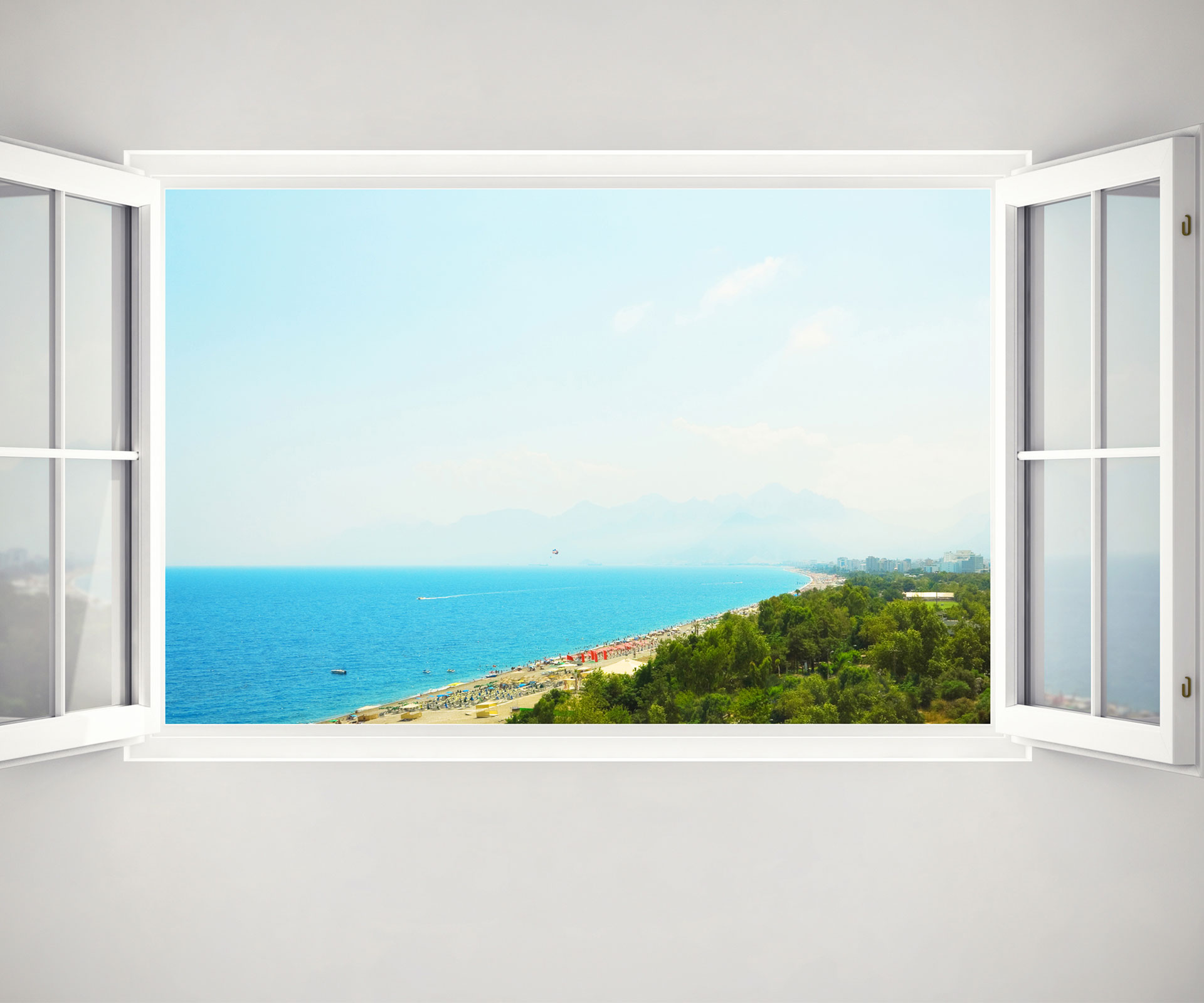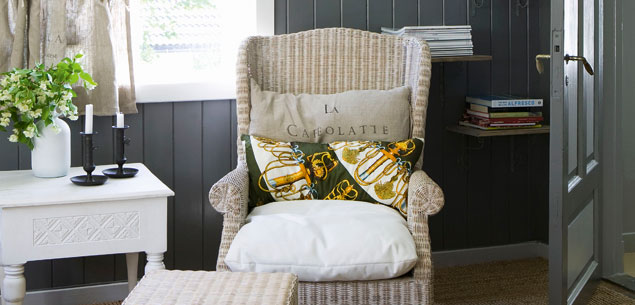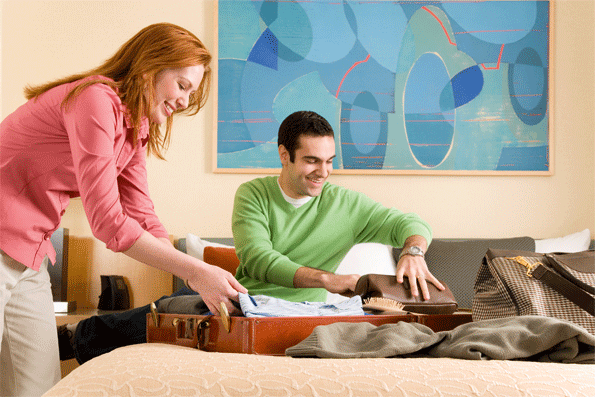Things to be found at our family bach: A rather odd and somewhat phallic driftwood sculpture made by a local artist. Old faded sofa with a bit of stuffing sticking out. The obligatory shell collection. An array of empty Campari bottles. A boat, of course. A lot of bookshelves crammed with PG Wodehouse and tatty detective novels. Old plimsolls.
New Zealand Railways plates; stolen most likely. A much used coffee pot. A pot belly stove. A $45 barbecue. Some folding camp beds. A table and chairs which came from an old government department and are extremely serviceable but not very aesthetically pleasing.
The whole impression of the furnishings seems to say: “I’m just a bach and I know I’m a bit rumpty. I’m not trying to be something I’m not. I know I don’t look vaguely ‘staged’ or like something in an interiors magazine. And that’s okay.” Yes, I know I must stop anthropomorphising inanimate objects. The bach doesn’t talk. It’s just a house. But there really is something special about this place, something almost too spooky to write about. The bach itself is, really, a fibrolite shack. It has a new deck but apart from that it is pretty much as it has always been.
It is perched on a cliff of the Hokianga Harbour looking towards Opononi and at the giant sand dunes on the other side of the harbour. The light on the dunes makes them look like a Colin McCahon painting. The money we’ve spent has all gone on the anti-erosion work, building a sea wall to stop the cliff from falling down. It helps to remember the sea is a brutal mistress and we must show it respect. But though this is a humble cottage, it is also unique and weirdly important in my life; because I change into a different person when I go there.
It is a four-hour drive and as you progress through more and more remote towns, as the traffic thins out – “Are we there yet?” – as you wind through the Waipoua Forest, as you pass the sacred Tane Mahuta, and as you finally ascend the last hill and emerge anew over the crest of the hill to see the magnificent Hokianga laid out before you, you feel your consciousness alter, to slow, to settle. It is like a big sigh. You are here now. You can relax.
There is something which makes me feel free here. I feel like I truly exist in a vivid way I don’t in other places. At home, I sometimes struggle with trying to just be in the moment, trying to practise mindfulness, all that difficult stuff. But it’s easier to do that in the remote Hokianga. And bach life, being simpler and looser, is somehow closer to everything that is authentic.
I lose myself in crowds back home. But here, I find myself. Admittedly, I do sometimes have Little House on the Prairie fantasies as I bring in the firewood. Being at the bach is like ‘playing house’ in a way normal life isn’t. That is what happens when you get in a Hokianga state of mind. People do things differently here. All the sophisticated and complicated and status-driven things which occupy your mind in the day-to-day drudge of city life don’t matter – don’t ask about house prices or school zones. There is just sea and nature and a sense of things being real, truly existing in a comforting and solid and soothing way, that you don’t get with the unreality of drinking cocktails at the Hilton, say.
See? I do tend to go a bit crazily Mother Earthy when I’m in the Hokianga. And I say this as a person who used to be terrified by nature as a bookish kid. I still have nightmares about having to build a bivouac in remote bush on fourth form camp. Yet, I’m not ashamed to say I really do commune with nature in the Hokey Pokey. I don’t have to care what I wear, or how I appear. I only need gumboots.
Being here for day after day is the best cure. Summer can be a time for stripping away layers you’ve put on during the year – what influential psychologist Alice Miller would call your ‘false self’. Getting away means you can experiment with being someone else.
This is a place where I feel I have a soul. In the rest of life I don’t really know who I am: mother, sister, provocateur… who? Here I feel just being me is enough. I go for long walks on the beach. There is thinking time. Because time is different here. And it’s okay to be a bit eccentric. I imagine the Hoki is a bit like Waiheke Island before it got fancy. Sometimes I go a bit rock’n’roll. One summer holiday when I was there on my own with the children, I watched Californication and smoked cigars and listened to loud rock music which would not have been my normal soundtrack at home.
True confession: I wish I could say while I am being all hippy dippy and finding myself the kids are also doing healthy, soulful activities – climbing trees and being outside all day having adventures. But we have high-speed internet and the kids are often found on their computers. “Go and play outside!” I order them but, big city kids, they take a while to get into the different pace of life up here.
There are rituals here that help. We tend to eat exactly the same thing every night. Hack off a bit of fillet steak, barbecue it, bake a potato and make some salad. Washed down with a glass of red wine.
There may be some healing power in the Hokianga. We bought this bach more than a decade ago when we were married, but even though we’re now divorced we sometimes go up to Hokianga as a family: an odd sort of family, granted, my ex-husband and our kids, but we still have happy times. We play charades with the children and board games and walk along the shore finding shells to add to the collection. Last time we were up there we brought home a lucky rock from the shoreline that now sits on my windowsill to remind me I can be in a Hokianga state of mind wherever I am. I touch it and remind myself to just stop and breathe. I touch it and remind myself, I am enough.
Words: Deborah Hill Cone
Photographs by: Getty Images


